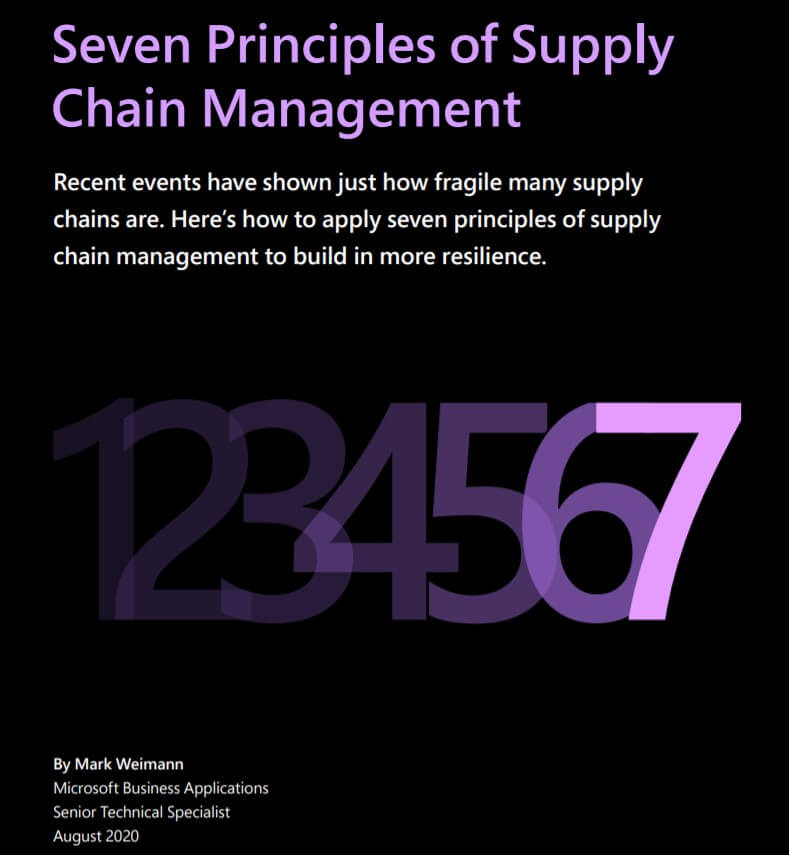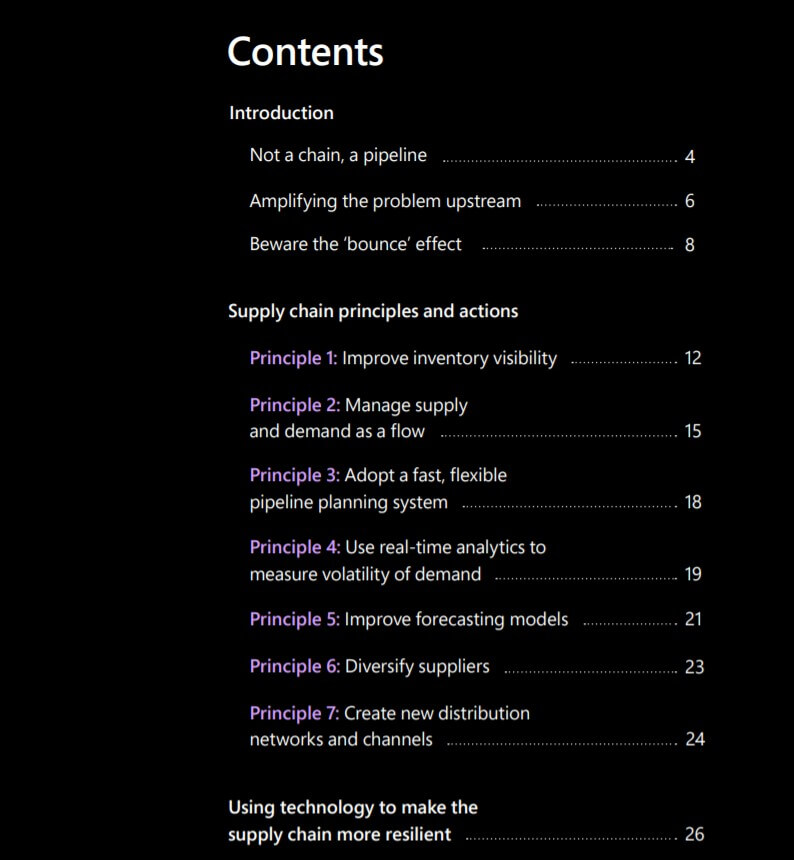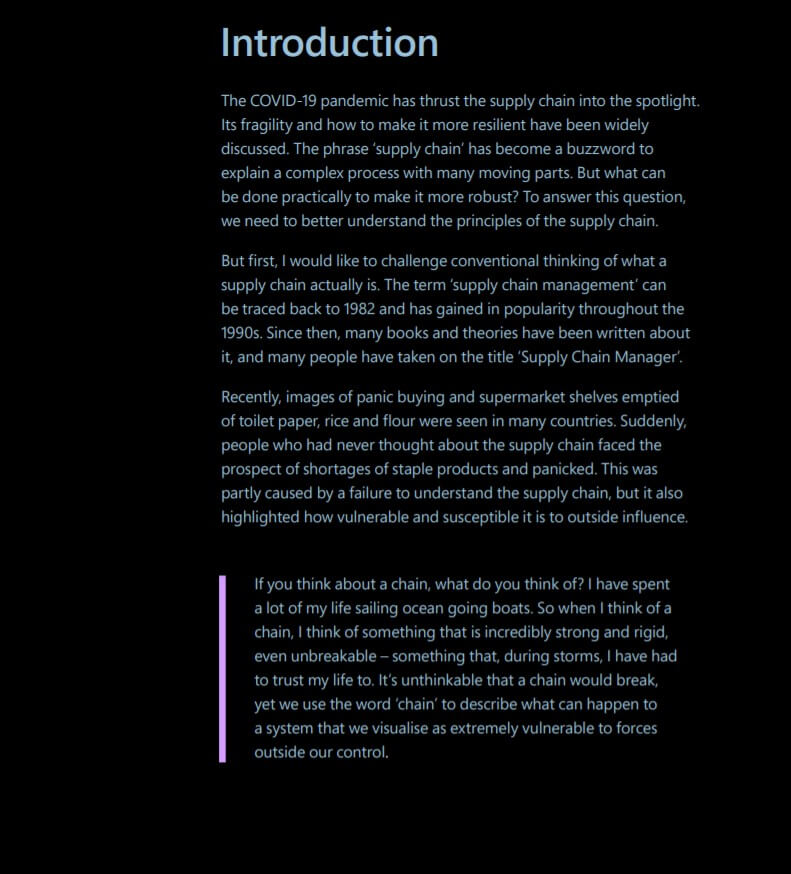Seven Principles of Supply Chain Management
Recent events have shown just how fragile many supply chains are. Here’s how to apply seven principles of supply chain management to build in more resilience.
The COVID-19 pandemic has thrust the supply chain into the spotlight. Its fragility and how to make it more resilient have been widely discussed. The phrase ‘supply chain’ has become a buzzword to explain a complex process with many moving parts. But what can be done practically to make it more robust? To answer this question, we need to better understand the principles of the supply chain.
But first, I would like to challenge conventional thinking of what a supply chain actually is. The term ‘supply chain management’ can be traced back to 1982 and has gained in popularity throughout the 1990s. Since then, many books and theories have been written about it, and many people have taken on the title ‘Supply Chain Manager’.
Recently, images of panic buying and supermarket shelves emptied of toilet paper, rice and flour were seen in many countries. Suddenly, people who had never thought about the supply chain faced the prospect of shortages of staple products and panicked. This was partly caused by a failure to understand the supply chain, but it also highlighted how vulnerable and susceptible it is to outside influence. Introduction If you think about a chain, what do you think of?
I have spent a lot of my life sailing ocean going boats. So when I think of a chain, I think of something that is incredibly strong and rigid, even unbreakable – something that, during storms, I have had to trust my life to. It’s unthinkable that a chain would break, yet we use the word ‘chain’ to describe what can happen to a system that we visualise as extremely vulnerable to forces outside our control
I WANT A FREE EBOOK
Are you evaluating a new ERP System? Download our Ebook to learn more.
I WANT A FREE EBOOK
Are you evaluating a new ERP System? Download our Ebook to learn more.
The COVID-19 pandemic has thrust the supply chain into the spotlight. Its fragility and how to make it more resilient have been widely discussed. The phrase ‘supply chain’ has become a buzzword to explain a complex process with many moving parts. But what can be done practically to make it more robust? To answer this question, we need to better understand the principles of the supply chain.
But first, I would like to challenge conventional thinking of what a supply chain actually is. The term ‘supply chain management’ can be traced back to 1982 and has gained in popularity throughout the 1990s. Since then, many books and theories have been written about it, and many people have taken on the title ‘Supply Chain Manager’.
Recently, images of panic buying and supermarket shelves emptied of toilet paper, rice and flour were seen in many countries. Suddenly, people who had never thought about the supply chain faced the prospect of shortages of staple products and panicked. This was partly caused by a failure to understand the supply chain, but it also highlighted how vulnerable and susceptible it is to outside influence. Introduction If you think about a chain, what do you think of?
I have spent a lot of my life sailing ocean going boats. So when I think of a chain, I think of something that is incredibly strong and rigid, even unbreakable – something that, during storms, I have had to trust my life to. It’s unthinkable that a chain would break, yet we use the word ‘chain’ to describe what can happen to a system that we visualise as extremely vulnerable to forces outside our control






